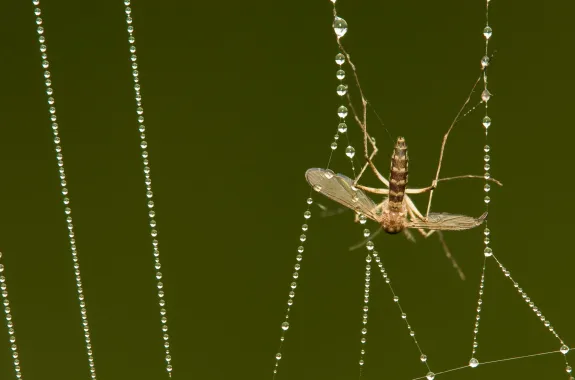How Big Was This Squid?
Learn how to determine the size of a Humboldt squid using a beak left behind in a whale’s stomach in this data-rich math activity.
Dive Into The Depths With Seals
Use this interactive to explore ocean data collected by Elephant Seals as they swam through the North Pacific Ocean.
Life Under a Rock: Bacteria in Extreme Environments
Explore the dry, dim world of hypolithic or “under rock” cyanobacteria and measure and compare colony growth in deserts around the world.
Tessellation And Miura Folds
Make an origami fold that can compress rigid materials, and study the tessellation it creates!
Build An Ultra High-Speed Toy Out Of Paper
Make a paper toy that spins thousands of times per minute, and then measure, and try to modify, its speed.
Investigating Community Food Webs: The Ecological Importance of Spiders
Students design and construct their own webs out of yarn and paper plates, test how effective they are at capturing Ping-Pong “pests,” and see how the removal of pests affects crop yield.
Celebrate World Science Day by Doing Science!
A collection of science experiments and activities to celebrate World Science Day
Splat! Model Lunar Impacts Using Water Balloons
In this resource from International Observe the Moon Night, use water balloons to model how the moon’s largest impact basins were created.
Remaster the Golden Record
Nearly 40 years ago, two Voyager spacecraft left our planet carrying gold-plated records of information about Earth’s organisms and cultures. This activity challenges your students to craft a contemporary Golden Record of sounds, images, and information portraying the diversity of life and culture on Earth.
Go Mothing!
All you need to observe moths is a sheet, a light, and good weather.









